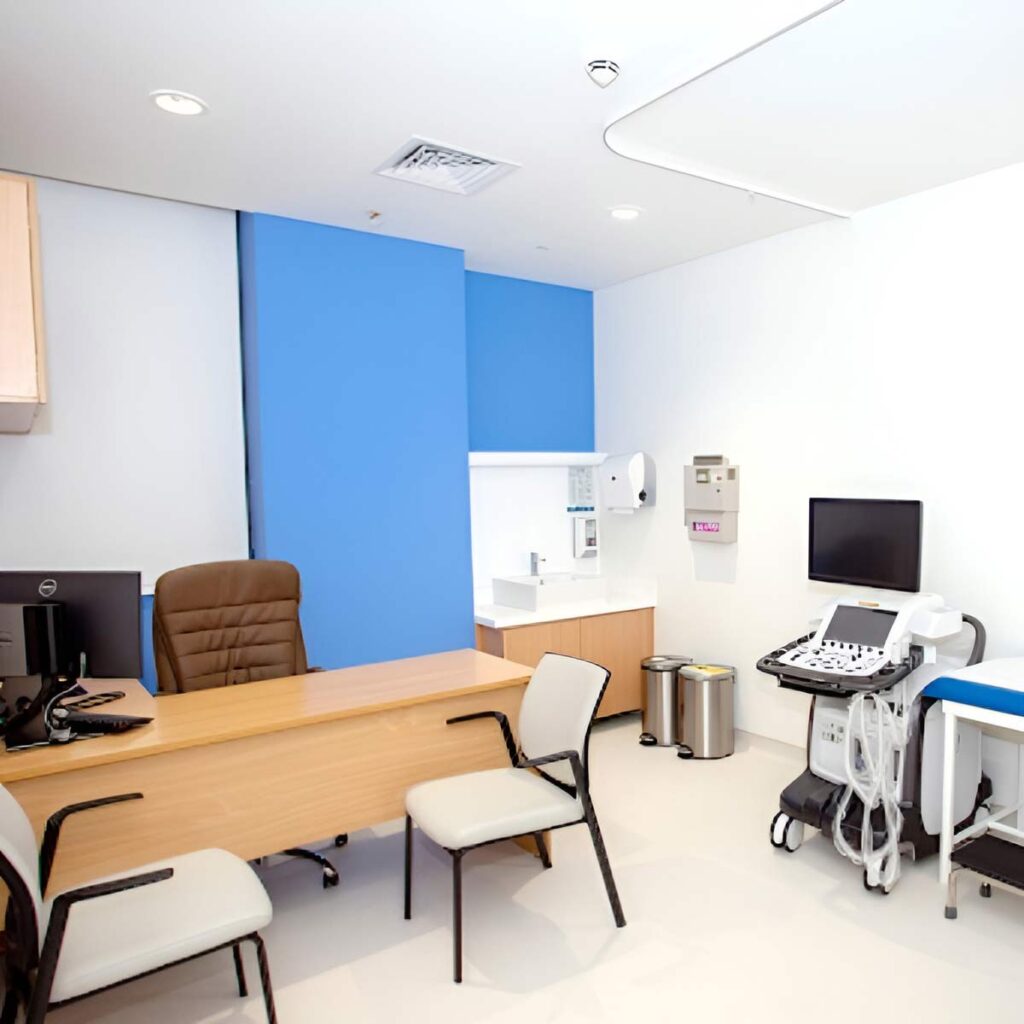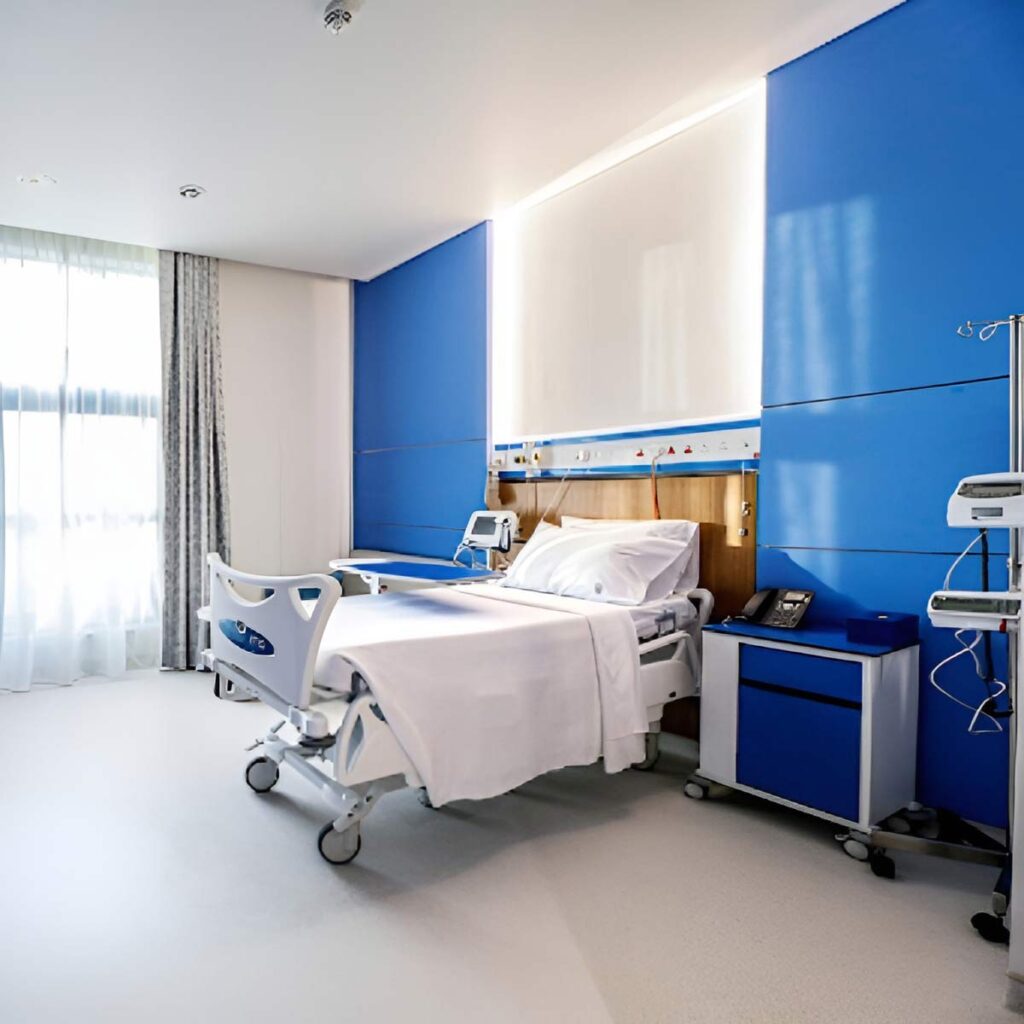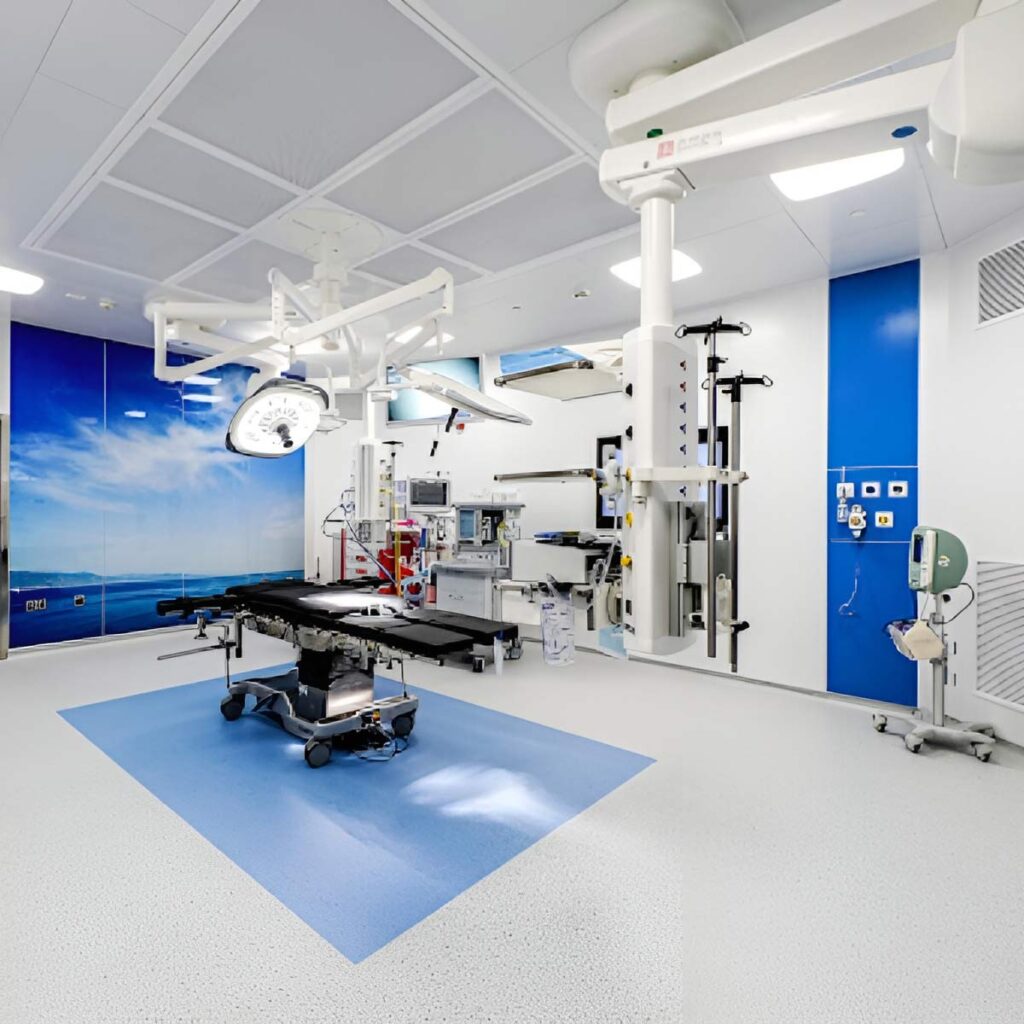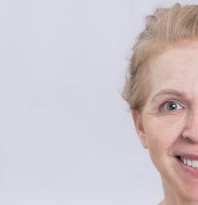Regenerative Medicine:
The Future of Plastic Surgery
Surgery Regenerative medicine is the science of replacing, engineering or regenerating human cells, tissues or organs to restore or establish normal form and function. This broadly encompasses the use of cells, tissues, drugs, synthetic biomaterials, and devices to help patients heal more effectively and enhance rejuvenation processes.
Dr Alexandre has been actively involved in regenerative medicine research and clinical advances over the last two decades, moving new therapies into the clinical arena and having a leadership role in new scientific discoveries.
Book A Free Consultation
Dr. Alexandre Dionys M.d., Ph.d.
Book A Free Consultation

Areas of ongoing research :
Hospital Facilities
Our state of the art facilities are designed for premium plastic surgery services, making use of advanced technologies and enabling the application of innovative techniques.
Our patients benefit from the latest advancements in aesthetic surgery procedures, which ensure minimal downtime and optimal results.
Our facilities are equipped with cutting edge technologies and provide a comforting environment, focusing on delivering not just transformative plastic surgery solutions but also a superior patient experience. The dedicated staff, from the doctors to support personnel, is committed to maintaining the highest standards of patient care, making Dr. Alexandre a top choice for high-quality plastic surgery services in a sophisticated setting.




















